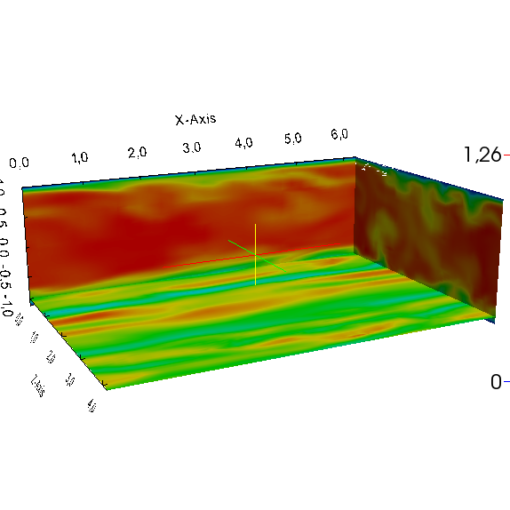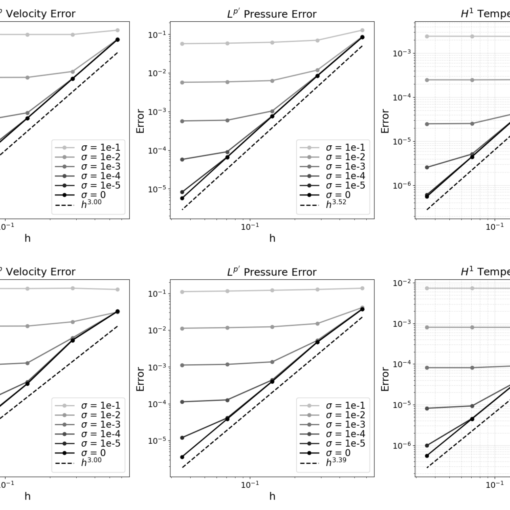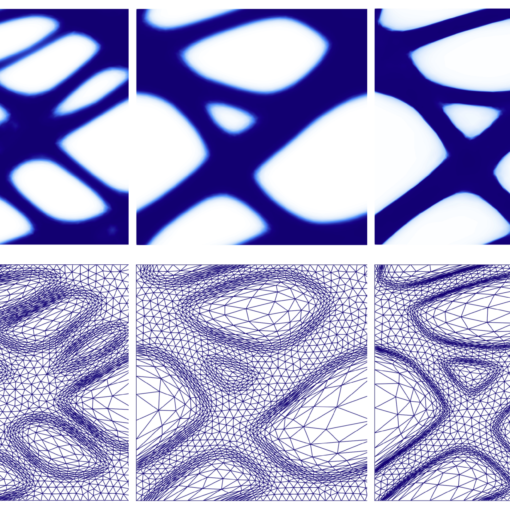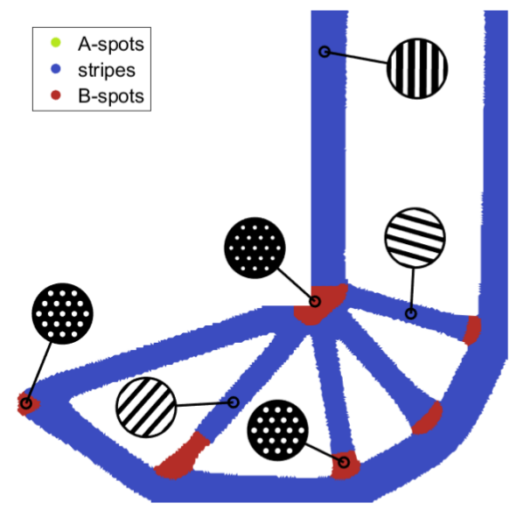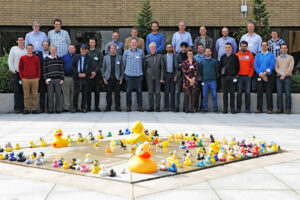
On Tuesday November 20th in Sala Saleri (VI floor on Building 14), the European Project ESCAPE-2 “Energy-efficient SCalable Algorithms for weather and climate Prediction at Exascale” will be presented during a SC4I meeting with the following schedule:
10h00
Luca Bonaventura: Introduction to the ESCAPE2 project
10h30
Talk by Tommaso Benacchio: ‘Mixed finite elements for next-generation atmospheric dynamics’
Abstract: The terrestrial atmosphere provides the arena for physical processes on multiple spatial and temporal scales. Numerical methods used to solve the governing hyperbolic models must simulate features of meteorological interest accurately while handling efficiently fast and less significant wavelike phenomena. Tight production constraints in operational numerical weather prediction (NWP) drive the development of scalable dynamical cores to keep up with computing architectures that increasingly rely on massively parallel systems for performance.
While spectral transform and grid-point models have traditionally held sway in operational NWP and climate prediction, finite element methods have been gaining ground in recent years, due to their straightforward accuracy-tuning capabilities and flexibility towards unstructured grid arrangements in a context of deteriorating parallel performance of legacy codes. The seminar will present a mixed finite element-based dynamical core for the solution of the nonhydrostatic compressible equations under gravity. The mimetic spatial discretization reproduces continuous vector identities at the discrete level and ensures desirable properties such as pointwise mass conservation. Placement of the thermodynamic variable in a horizontally discontinuous, vertically continuous function space was recently shown to remove spurious buoyancy modes. Time discretization is handled by an iterative semi-implicit method. The numerical scheme is coded in object-oriented Fortran within a novel co-designed software framework using PSyClone, a Python-based domain-specific compiler. The new paradigm enables a clear separation of the scientific routines from the computational infrastructure, greatly facilitating portability across platforms and performance optimization.
Results on two- and three-dimensional benchmarks of nonhydrostatic dynamics with idealized orography closely match those of existing models. Scaling scores will also be presented that highlight the model’s computational performance

